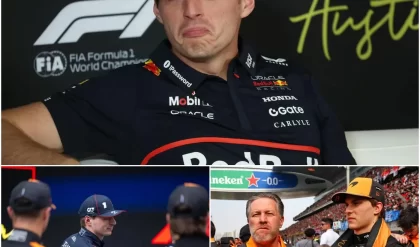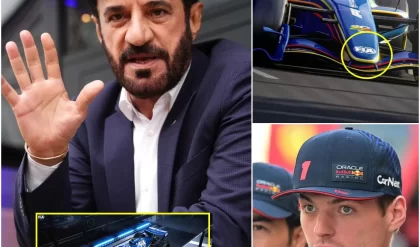The cinematic journey of Superman, DC Comics’ iconic Man of Steel, has seen distinct interpretations, with Zack Snyder’s Man of Steel (2013) and James Gunn’s Superman (2025) marking pivotal moments in the character’s legacy. Man of Steel, starring Henry Cavill, launched the DC Extended Universe (DCEU) with a gritty, modern take, while Superman, featuring David Corenswet, heralds the DC Universe (DCU) with a lighter, comic-faithful approach. As Superman nears its July 11, 2025, release, comparisons between these films—rooted in their tone, character portrayal, and narrative vision—reveal how DC has evolved its flagship hero to meet changing audience expectations.
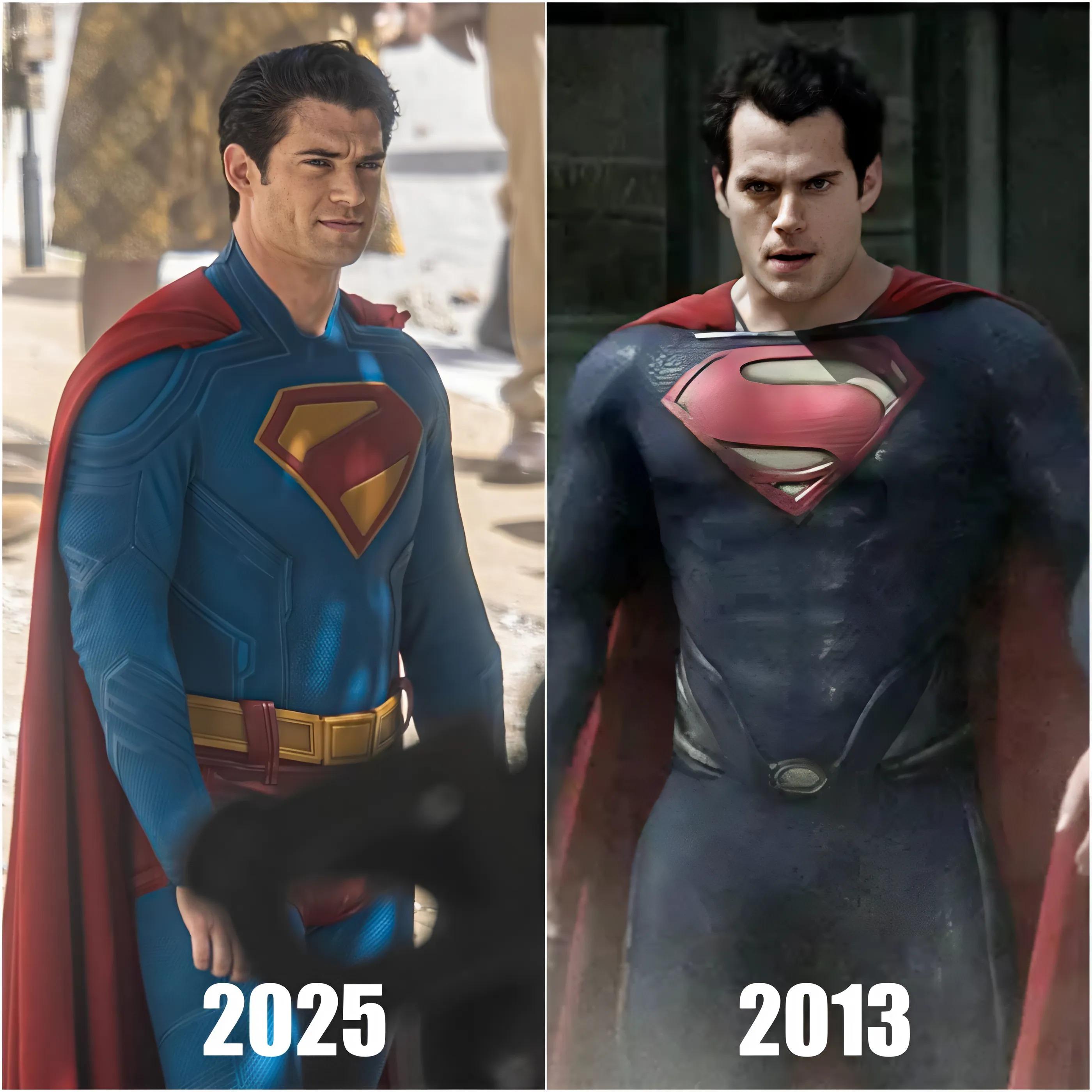
Man of Steel introduced a Superman grappling with his Kryptonian origins and Earthly identity. Directed by Snyder and written by David S. Goyer, the film depicted Clark Kent as a reluctant hero, haunted by his powers and societal rejection. Cavill’s portrayal, lauded for its intensity, leaned into a stoic, almost mythic figure, with ScreenRant noting his “mythological presence” (ScreenRant). The film’s darker tone, inspired by Frank Miller’s brooding style, focused on Clark’s clash with General Zod (Michael Shannon), culminating in a controversial moment where Superman kills Zod to save civilians. This choice, alongside the destruction of Metropolis, sparked debate among fans, with some on X praising its realism (@qpostintel) while others felt it strayed from Superman’s moral core (@prentissweston1). Grossing $668 million worldwide (Wikipedia), Man of Steel was a financial hit but divided audiences, with critics citing its somber mood as a departure from the hopeful hero of comics like Superman for All Seasons.
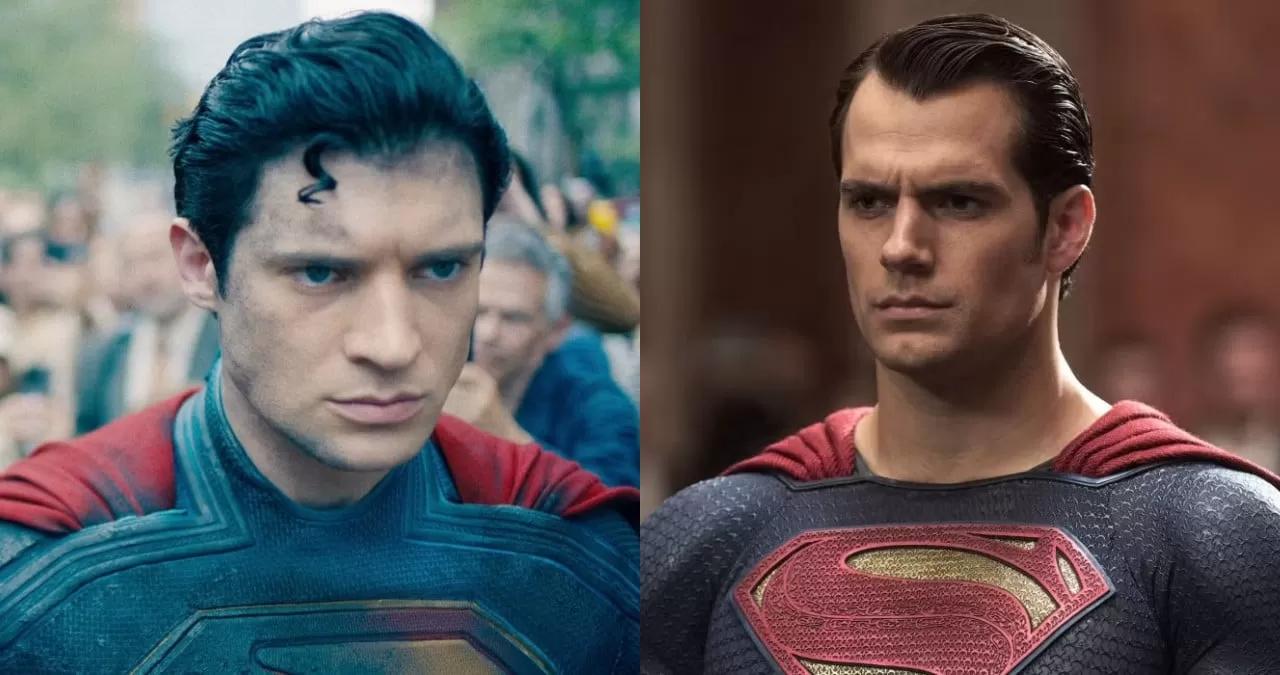
In contrast, Superman (2025), directed and written by James Gunn, aims to recapture the character’s classic optimism. Drawing from Grant Morrison’s All-Star Superman and Jeph Loeb’s Superman for All Seasons, the film presents a 25-year-old Clark as a Daily Planet reporter balancing his Kryptonian heritage with his Kansas roots (DC Universe Wiki). Corenswet’s Superman, described by producer Peter Safran as “the embodiment of truth, justice, and the American way,” embraces kindness in a cynical world (Wikipedia). Early reactions from private screenings, reported by The Direct, praise its blend of humor, heart, and action, with Krypto the Super-Dog adding a lighthearted touch inspired by Silver Age comics. The trailer showcases vibrant visuals, including the return of Superman’s red trunks, reimagined to evoke professional wrestlers’ strength (TV Tropes). Unlike Man of Steel’s focus on isolation, Superman integrates other DCU heroes like Green Lantern (Nathan Fillion) and Hawkgirl (Isabela Merced), setting up an interconnected universe (Variety).
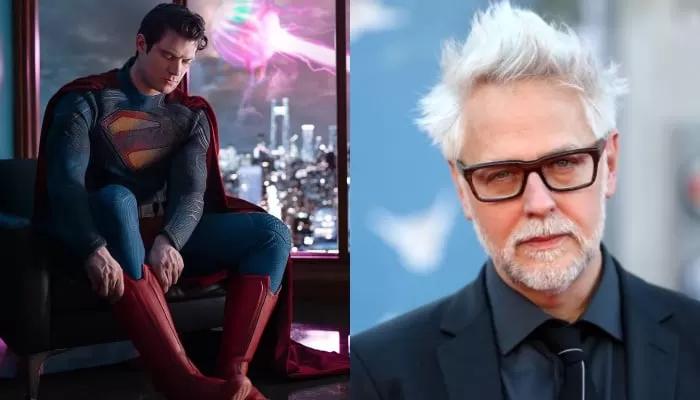
Tonally, the films diverge sharply. Man of Steel’s desaturated palette and Hans Zimmer’s thunderous score underscored a grounded, sci-fi epic, with Snyder’s Kryptonian worldbuilding earning praise for its depth (Den of Geek). However, its dour atmosphere and Superman’s moral dilemmas—such as Jonathan Kent’s (Kevin Costner) insistence on hiding his powers—felt alienating to some, as Quora users noted Snyder’s Superman lacked personality (Quora). Conversely, Superman (2025) adopts a brighter aesthetic, with John Murphy and David Fleming’s score weaving in John Williams’ iconic theme (Film Music Reporter). Gunn’s experience with Guardians of the Galaxy infuses the film with humor, evident in scenes where Superman thanks emotionless Fortress robots, who wryly respond they lack consciousness (TV Tropes). X posts reflect this shift, with some fans excited for a “lighthearted” take (@NachC1106), though others remain loyal to Cavill’s gravitas (@qpostintel).
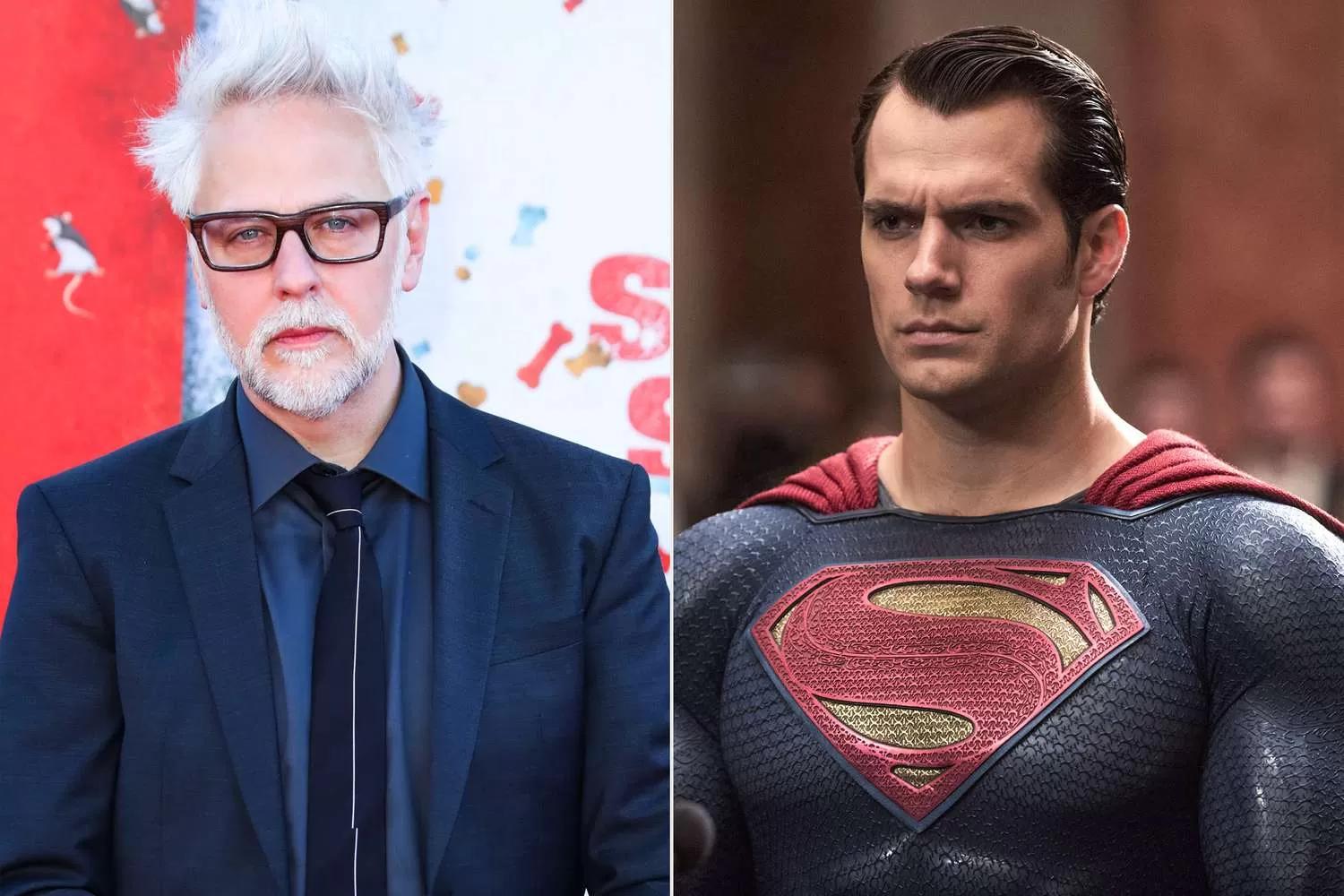
Narratively, Man of Steel prioritized spectacle, with its climactic battle leveling Metropolis, raising questions about Superman’s responsibility. The film’s $363 million budget (Box Office Mojo) fueled massive set pieces but sidelined supporting characters like Lois Lane (Amy Adams). Superman (2025), with a reported 140-minute runtime (The InSneider), focuses on Clark’s relationships with Lois (Rachel Brosnahan), Lex Luthor (Nicholas Hoult), and Jimmy Olsen, grounding its stakes in personal growth. Lex’s scheme, hinted to involve a Kaiju-like monster (Wikipedia), contrasts with Zod’s invasion, emphasizing ideological conflict over physical destruction. The DCU’s “Gods and Monsters” slate, starting with Superman, aims for cohesion, unlike the DCEU’s fragmented arc (ScreenRant).
The transition from Cavill to Corenswet underscores DC’s reboot strategy. Cavill’s exit, despite a 2022 Black Adam cameo, followed Gunn and Safran’s focus on a younger Clark (Variety). While Cavill’s performance was a cornerstone of the DCEU, Corenswet’s casting aligns with Gunn’s vision of a hopeful, relatable hero. Man of Steel set a bold foundation, but its polarizing tone paved the way for Superman’s return to comic roots. As Forbes predicts a $700-750 million box office for Superman, its success hinges on delivering the optimism fans crave, potentially redefining the Man of Steel for a new era while honoring his timeless legacy.
